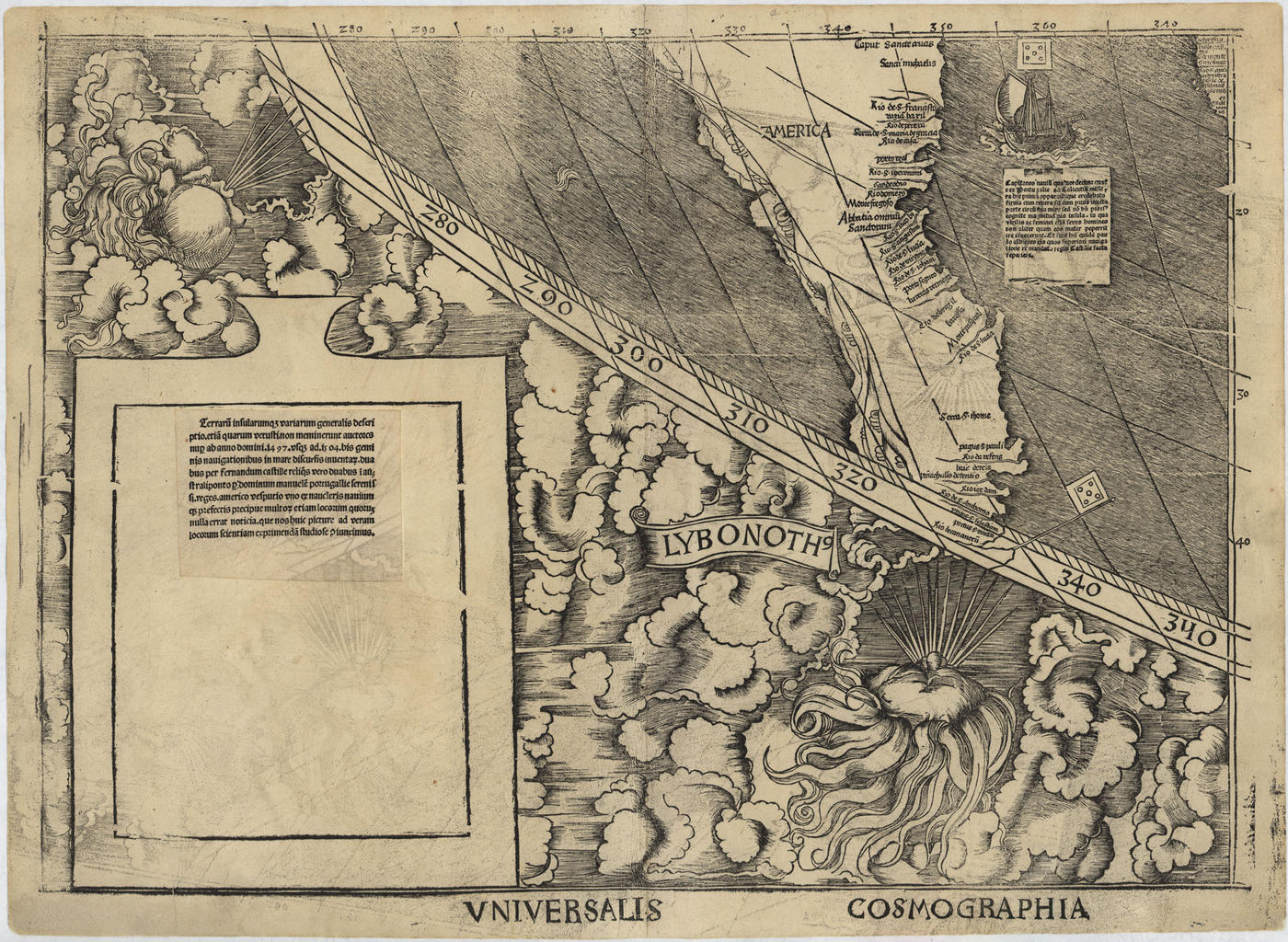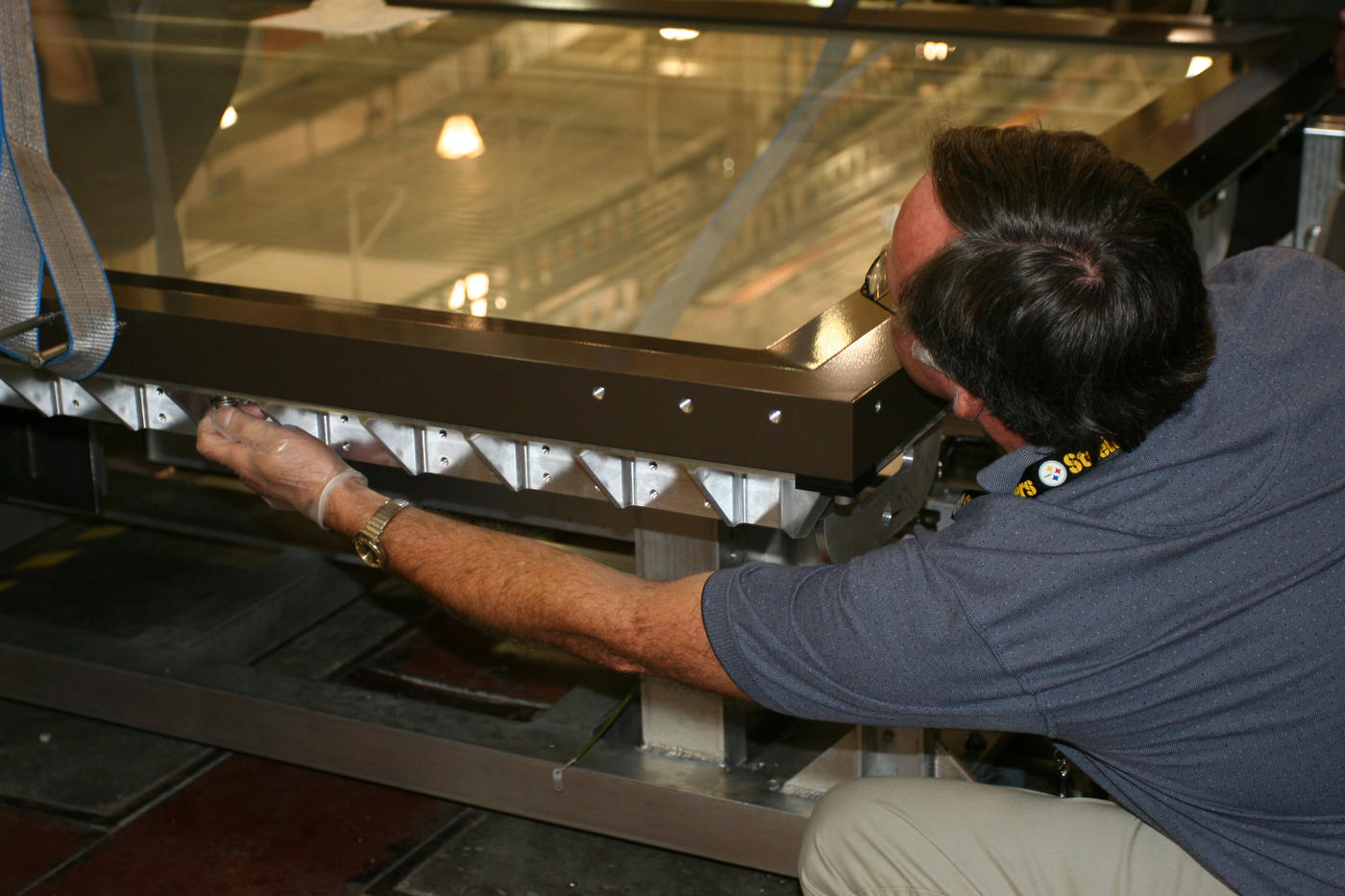How Researchers Saved the First Map of America
- The first map to use the word “America” is more than 500 years old.
- In 2007, NIST experts created a custom case designed to protect the map for generations to come.
- Today, “America’s Birth Certificate,” as the map is known, resides at the Library of Congress in Washington, D.C.
The map below may look like an ordinary old map, but what’s special about this — known as the Waldseemüller Map — is a single word in the lower left corner: America.
The Waldseemüller Map is more than 500 years old and portrays the entire world as it was known in the 16th century. When all 12 panels are brought together, they span an impressive 1.2 meters by 2.4 meters (4 feet by 8 feet).

The map, created by German scholar, cleric and cartographer Martin Waldseemüller in 1507, features the first documented use of the name “America” for the lands of the Western Hemisphere.
Today, “America’s Birth Certificate,” as it is known, resides at the Library of Congress in Washington, D.C. It lives in a safe within a 3.7-square-meter (40-square-foot) hermetically sealed glass and aluminum encasement designed and manufactured by engineers at the National Institute of Standards and Technology (NIST).
The map’s protective armor is based on the design currently used to preserve the Declaration of Independence, the Constitution of the United States and the Bill of Rights for the National Archives and Records Administration (NARA).

Like the founding documents NIST has preserved, the Waldseemüller Map case features:
- A seamless frame and base machined from two solid pieces of aluminum.
- Nonreflective, tempered and laminated glass.
- An inert gas (argon) atmosphere instead of oxygen, which can cause damage to the documents.
- Built-in, sensitive monitoring devices to ensure 24/7 maintenance of the proper internal environment.
This map posed a unique manufacturing challenge for its NIST creators because this case was six times larger than any of the ones made for the founding documents.
The final product they created in 2007 is the largest encasement ever built for a single paper document. The encasement weighs about 998 kilograms (2,200 pounds). In fact, the glass alone contributes nearly a fourth — 227 kilograms (500 pounds) — of that total.
Did You Know?
- The name “America” honors Italian explorer Amerigo Vespucci, the first person to suggest that the lands reached by Christopher Columbus starting in 1492 were part of a new continent and not an extension of Asia.
- The official Latin name of the Waldseemüller Map is Universalis cosmographia secunda Ptholemei traditionem et Americi Vespucci aliorum que lustrationes, which translates to “A drawing of the whole Earth following the tradition of Ptolemy and the travels of Amerigo Vespucci and others.”

